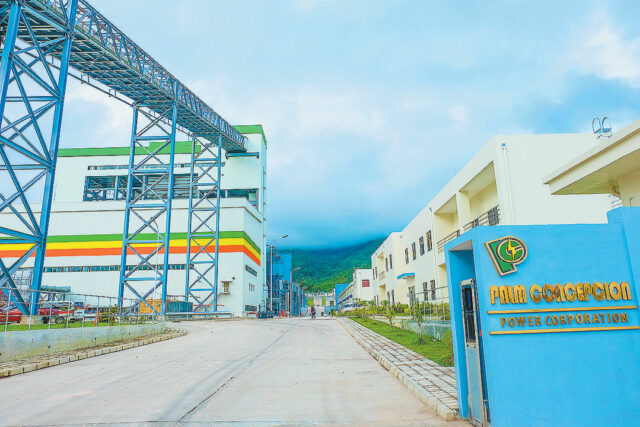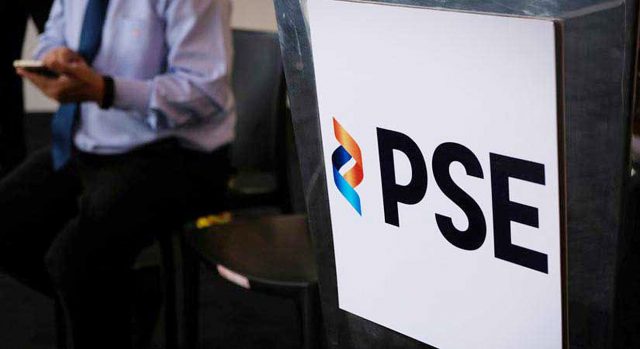THE GOVERNMENT upsized its award of the Treasury bills (T-bills) it offered on Monday as yields went down across the board amid strong demand for shorter-dated securities due to the uncertainty caused by the Trump administration’s shifting trade policies.
The Bureau of the Treasury (BTr) raised P28.4 billion from the T-bills it auctioned off, higher than the P25-billion plan, as the offer was more than four times oversubscribed, with total bids reaching P102.906 billion. This was also higher than the P87.486 billion in tenders recorded on July 7.
The Treasury fully awarded its offer as the average rates of the T-bills on the auction block were all lower than the yields fetched last week, it said in a statement.
Broken down, the BTr borrowed P7 billion as planned via the 91-day T-bills as total tenders for the tenor reached P38.156 billion. The three-month paper was quoted at an average rate of 5.475%, down by 5.1 basis points (bps) from the 5.526% seen in the previous auction, with bids accepted having rates of 5.473% to 5.483%.
Meanwhile, the government raised P11.9 billion from the 182-day securities, higher than the P8.5-billion plan, as bids amounted to P38.85 billion.
Strong demand prompted the BTr to double the accepted non-competitive bids for the tenor to P6.8 billion, it said.
The average rate of the six-month T-bill was at 5.575%, down by 4.3 bps from the 5.618% fetched last week, with accepted yields ranging from 5.563% to 5.593%.
Lastly, the Treasury sold P9.5 billion as programmed via the 364-day debt papers as demand for the tenor totaled P25.9 billion. The average rate of the one-year T-bill inched down by 0.6 bp to 5.65% from 5.656% previously. Accepted bids had rates ranging from 5.63% to 5.66%.
At the secondary market before Monday’s auction, the 91-, 182-, and 364-day T-bills were quoted at 5.4305%, 5.6418%, and 5.6834%, respectively, based on PHP Bloomberg Valuation Service Reference Rates data provided by the Treasury.
The T-bills fetched lower average yields on strong demand for short-term debt due to uncertainties over US President Donald J. Trump’s heightened trade war and its potential impact on global growth, Rizal Commercial Banking Corp. Chief Economist Michael L. Ricafort said in a Viber message.
This could support further monetary easing by both the US Federal Reserve and the Bangko Sentral ng Pilipinas (BSP), Mr. Ricafort said.
Mr. Trump on Saturday said he would impose a 30% tariff on most imports from the EU and Mexico from Aug. 1, even as they are locked in long negotiations, Reuters reported.
The European Union said it would extend a suspension of countermeasures to US tariffs until early August and continue to press for a negotiated settlement, though Germany’s finance minister called for firm action if the levies went ahead
In bond markets, US Treasuries got a very marginal safety bid and 10-year yields held at 4.41%. Futures for the Federal Reserve funds rate edged higher as markets priced in a little more policy easing for next year.
While Fed Chair Jerome H. Powell has signaled a patient outlook on cuts, Mr. Trump is piling up political pressure for more aggressive stimulus.
Mr. Trump on Sunday said that it would be a “great thing” if Mr. Powell stepped down, again threatening to undermine the central bank’s independence as he called for interest rates to be lowered.
Traders could get a better clue on the future path for US rates when inflation data for June comes due on Tuesday, where expectations are for US consumer prices to have picked up slightly last month.
Markets are currently pricing in just over 50 bps worth of Fed easing by December.
Only “a couple” of officials at the US Federal Reserve’s June 17-18 meeting said they felt interest rates could be reduced as soon as this month, with most policymakers remaining worried about the inflationary pressure they expect to come from Mr. Trump’s use of tariffs to reshape global trade.
“Most participants” at the Fed’s meeting last month anticipated rate cuts would be appropriate later this year, with any price shock from tariffs expected to be “temporary or modest,” the minutes said. There was no indication that any policymaker felt the US central bank’s benchmark overnight rate, currently in the 4.25%-4.5% range, should be cut by several percentage points, as Mr. Trump wants.
Meanwhile, BSP Governor Eli M. Remolona, Jr. this month said they have room for two more rate cuts this year amid benign inflation and weak economic growth.
The Monetary Board has reduced benchmark borrowing costs by a cumulative 125 bps since it began its easing cycle in August last year.
T-bill rates dropped in line with the declines seen at the secondary market, the first trader said in a phone interview.
The trader added that the strong demand seen at Monday’s auction was likely due to players seeking to refinance their holdings of government debt amid a large number of maturities this week.
The second trader said the Treasury upsized its T-bill award as it saw strong demand, which is “due to investors choosing to park their funds in the short-term T-bills instead of government securities with longer tenors as longer-ended securities have recently trended upwards in yields.”
On Tuesday, the government will offer P25 billion in reissued 10-year Treasury bonds (T-bonds) with a remaining life of nine years and nine months.
The BTr wants to raise P250 billion from the domestic market this month, or P125 billion through T-bills and P125 billion via T-bonds.
The government borrows from local and foreign sources to help fund its budget deficit, which is capped at P1.56 trillion or 5.5% of gross domestic product this year. — Aaron Michael C. Sy with Reuters








![BTr-Treasury-720p-3-1024x576[BW FILE PHOTO]](https://www.bworldonline.com/wp-content/uploads/2024/04/BTr-Treasury-720p-3-1024x576BW-FILE-PHOTO-640x360.jpeg)




